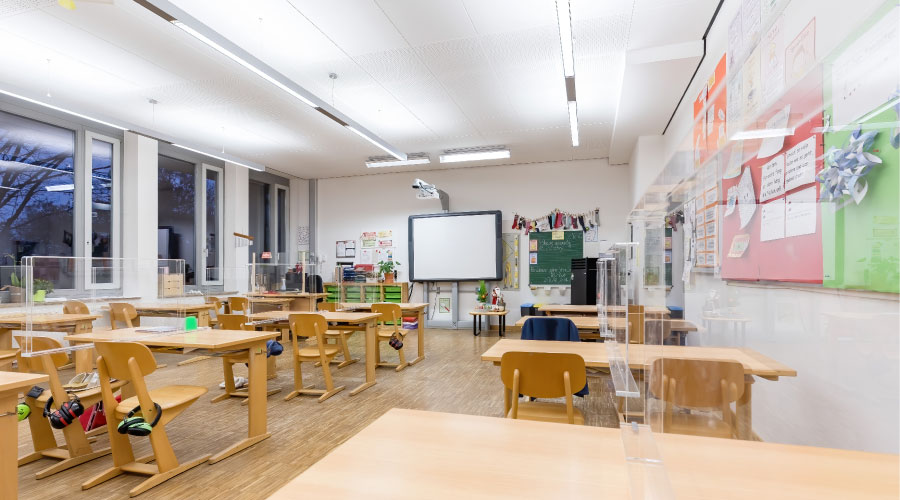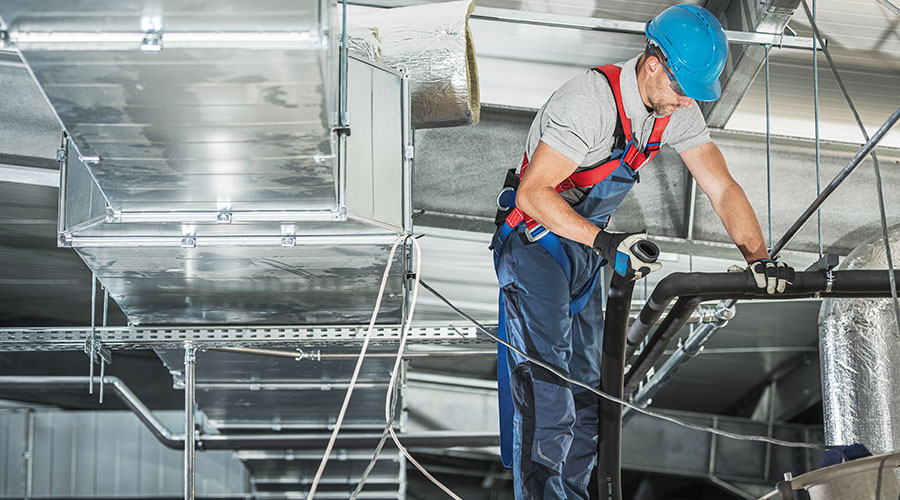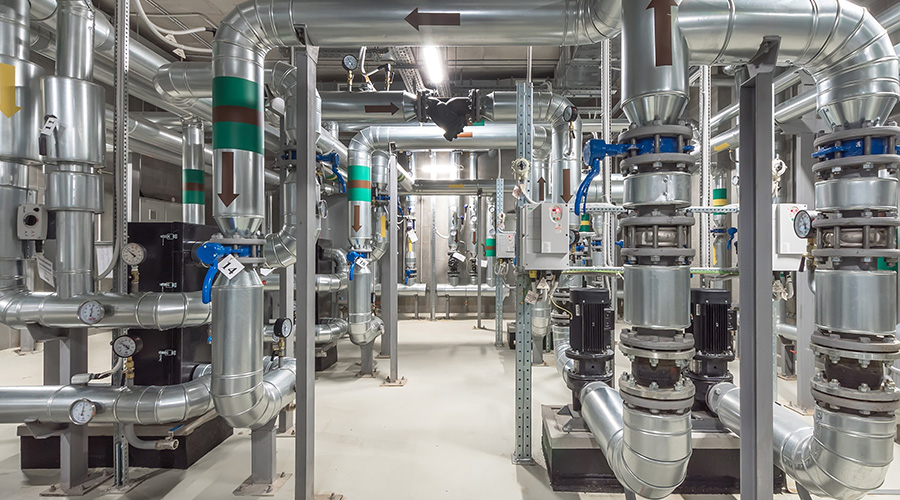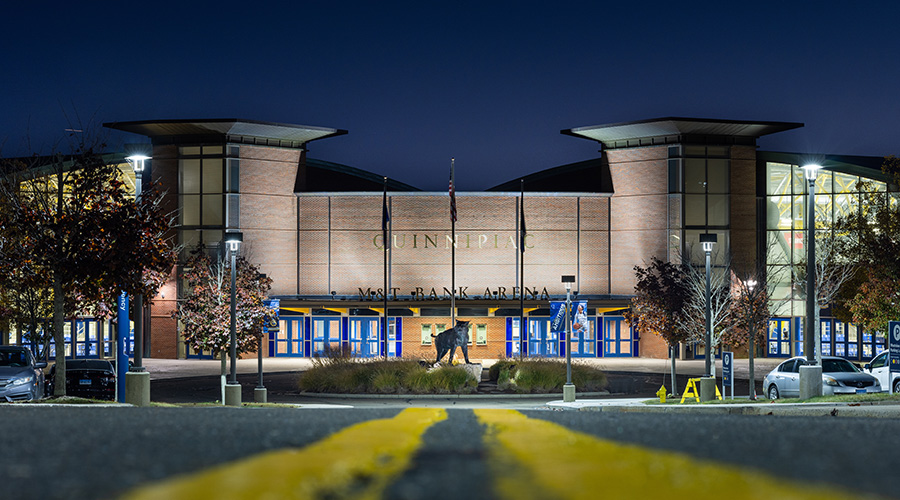Funding Available to Schools for HVAC Upgrades
National association launches campaign to encourage K-12 districts to pursue federal funding opportunities.
By Doug Carroll, Contributing Writer
Many of the country’s K-12 schools are in bad shape, and parents should be concerned.
In fact, it’s not even debatable — but it has nothing to do with what is (or isn’t) being taught to children. The good news: Facility managers can be on the forefront of doing something about it.
In 2020, the U.S. Government Accountability Office (GAO) released a report indicating that four in 10 public school districts need to update or replace HVAC systems in at least half of their schools.
That’s about 36,000 schools nationwide in need of HVAC upgrades. Poor ventilation and underperforming systems contribute to an estimated $150 billion in illness-related costs per year.
“As the parent of a schoolchild, I would want to be having a conversation (about this),” said Carol Duncan, CEO of Portland, Oregon-based General Sheet Metal and an executive board member of the Sheet Metal and Air Conditioning Contractors’ National Association (SMACNA).
According to the GAO report, the top facilities priorities of school districts are improving security, expanding student access to technology and monitoring health hazards. Much less attention is paid by most districts to outdated HVAC systems, which put the health and performance of students and teachers at risk.
Indoor air can be contaminated by pathogens and by pollutants such as carbon monoxide, radon and lead particles. This hurts attendance and ultimately academic performance.
SMACNA has been conducting an awareness campaign with school districts and districts’ governing boards, educating them about the HVAC problem.
What the schools often don’t realize, Duncan said, is that billions of dollars in funding is readily available from a variety of sources, including the American Rescue Plan, the Bipartisan Infrastructure Law and the Inflation Reduction Act. Much of that funding is untouched and unspent.
“We’ve never had so much opportunity to take money and put it to good use,” Duncan said. “We’re trying to engage the school districts and help walk them through the process.”
Ventilation verification is a simple, non-invasive procedure that might take one or two weeks, she said. Information is then fed to engineers, who come back with recommendations. Sometimes even simple repairs — such as proper installation of filters or fans — can make a difference.
A website maintained by SMACNA, WeAreWhatWeBreathe.com, includes a database of certified professionals, searchable by ZIP code, who can perform ventilation verifications. SMACNA also has grant writers at the ready, available to assist districts in filing applications.
“Funding is not an issue,” Duncan said. “You just have to go get it and ask for it.”
She is sympathetic to the plight of school administrators, who are expected to provide quality education, and facility managers who oversee older, problematic and bursting at the seam's buildings. The average American school building is about 50 years old.
“Some of these classrooms were designed for 20 students and now they have 35,” Duncan said. “The HVAC system wasn’t designed for that many, either.”
According to the GAO report, most states do not conduct statewide assessments to determine the needs of school facilities, leaving that to local school districts.
The COVID pandemic helped bring school infrastructure issues into clearer focus, Duncan said, and provided the impetus for increased funding. Schools are accustomed to never having enough resources to address their needs, but the news this time is positive.
“We can make this happen if we elevate the sense of urgency,” Duncan said.
Doug Carroll is a freelance writer based in Chandler, Arizona.
Related Topics:












